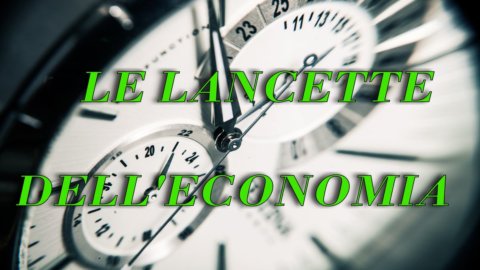REAL ECONOMY – «The disease rages, we miss bread…»: the famous verses of Arnaldo Fusinato (in The last hour of Venice, 1849) do not fit the coronavirus crisis. Despite the resurgence of the Delta variant, the disease is fought by vaccines, and the bread is supplied by Governments and Central Banks with inspired Keynesian policies.
And the bread will continue to be baked and distributed until vaccines have completed their mission, which is not just health care: vaccinations boost the economy, buying time and the desire to grow. For Italy and the world - see the graphs - the growing share of fully vaccinated people it goes hand in hand with the rise of indicators of expansion of business activity (composite indices PMI).
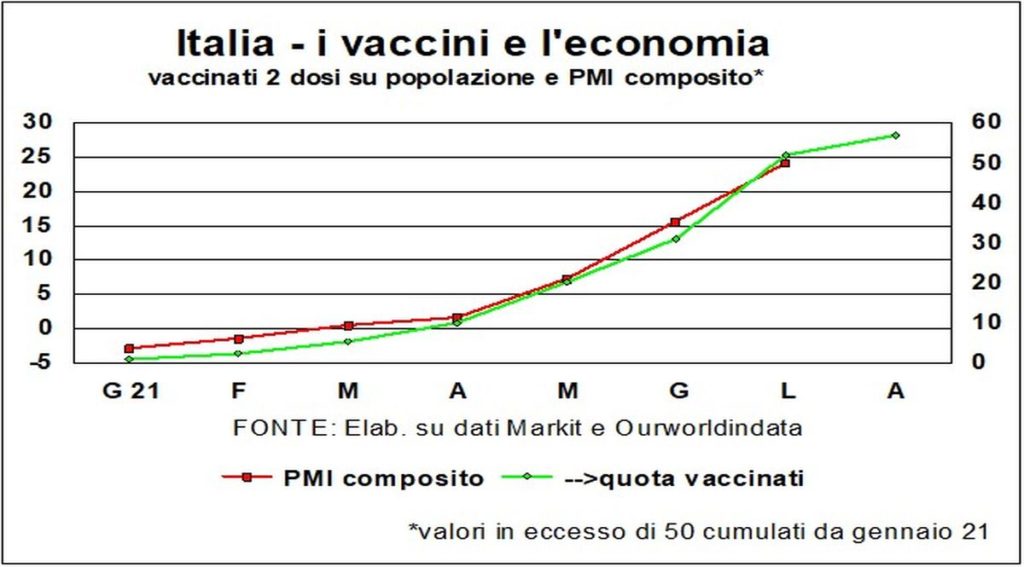
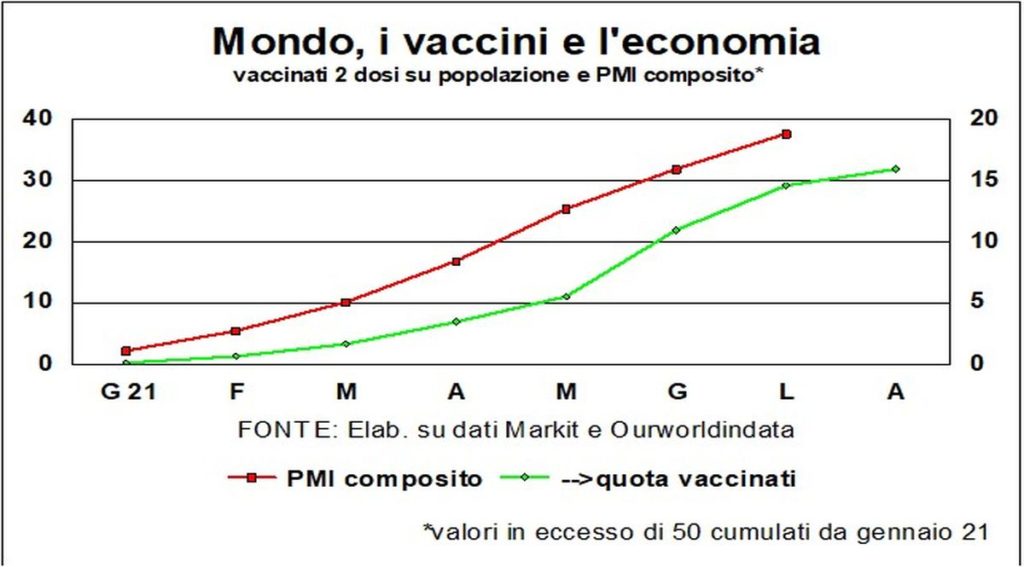
On the other hand, as Jerome Powell, the most empathetic central banker in history, often repeats, vaccinations are the most powerful tool of economic expansion. Vaccines, however, alone are not enough to contain infections, so it's good not to let your guard down too much on the restrictions on social activities. The case of Israel, which boasts a high share of the vaccinated population, is clear: the government had to back down in the excessive relaxation of restrictions.
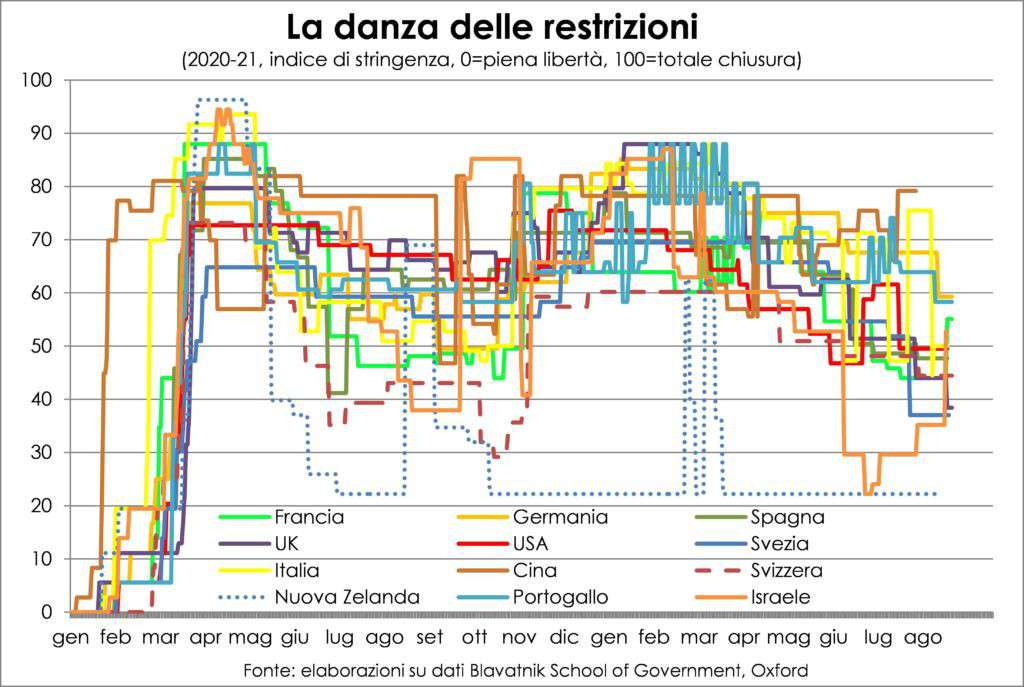
Obviously restrictions hurt the economy, especially in the international travel and tourism and clothing sectors (why dress well if you work from home, etc.?). This is especially true where vaccination policy has lagged behind, such as in the Far East and Oceania. An unhappy decision that risks putting a wedge in the global economic recovery, given the weight of that economic area, led by China and Japan.
Speaking recovery, we have to look for one different from the traditional definition, which is the return to the pre-recession peak. Indeed, to repair the socio-economic damage of the pandemic, this return is not enough, but we need to reach the level of economic activity that would have been had the trend continued in place before the crisis. In fact, only the gods know what that level really would have been. But working with ruler and abacus, we can imagine the distance that individual nations still have to cover, wide-approximately. Which are indicated in the graph below. In which Italy, for once, looks good at all. Reaching that level is the real goal of economic policies.
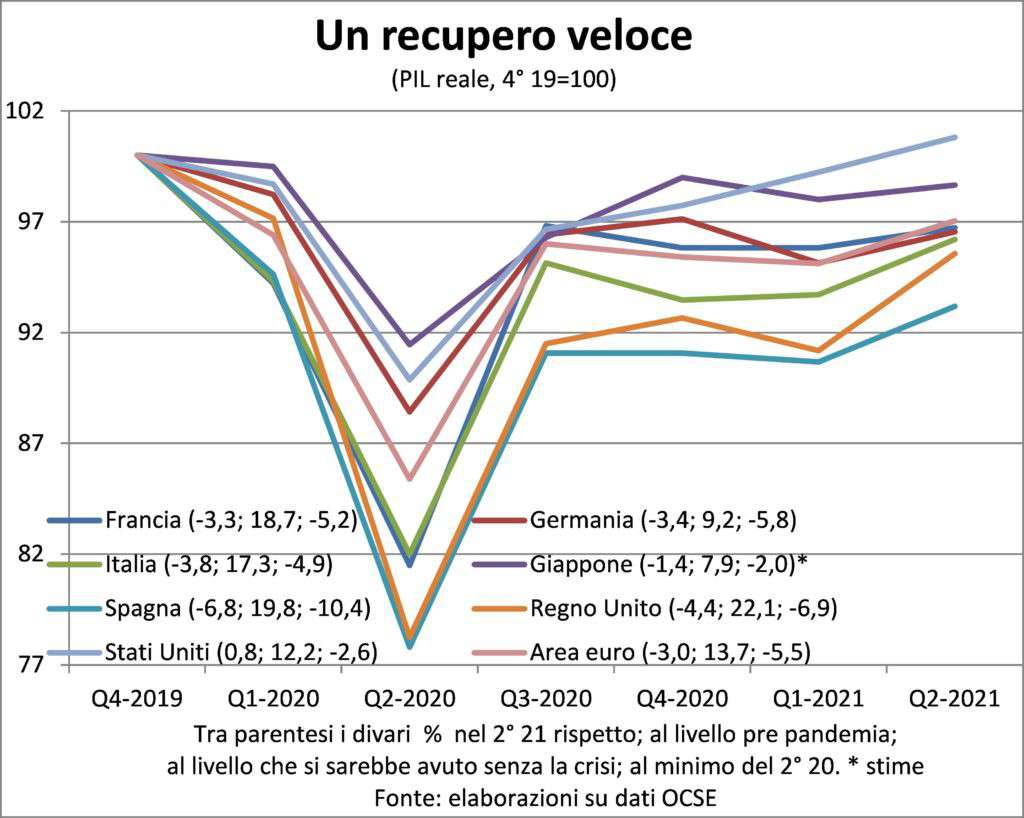
Reading the latest PMI data, both total and in the production component alone, it could be considered that the fourth wave of new infections has already started to slow down the economy. In reality, it should be remembered that the levels of these indicators should be considered as they were growth rates, and therefore their downsizing is physiological, given the rates of increase in demand and production observed so far; unsustainable rhythms and drugged by the reopening of many service activities.
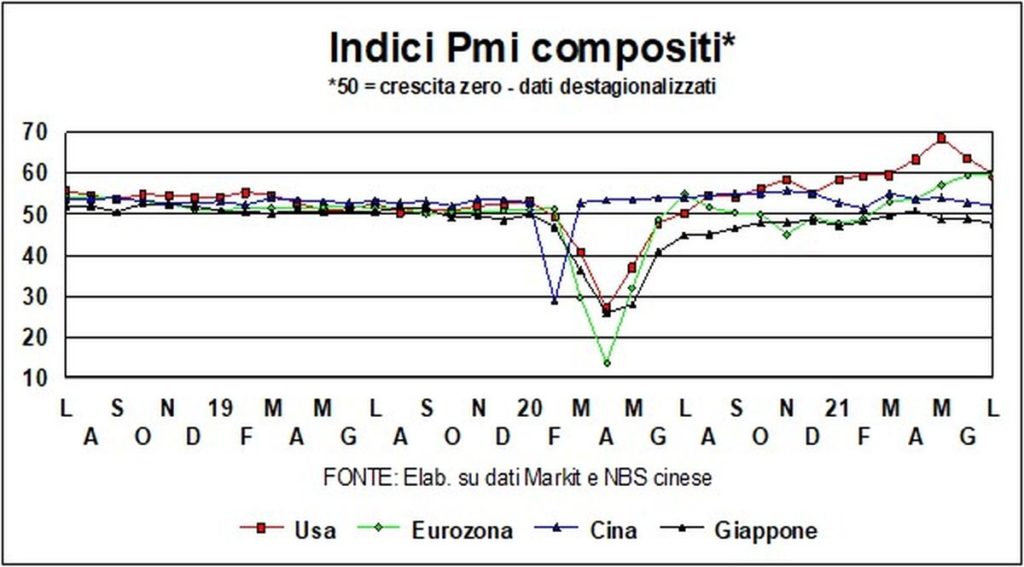
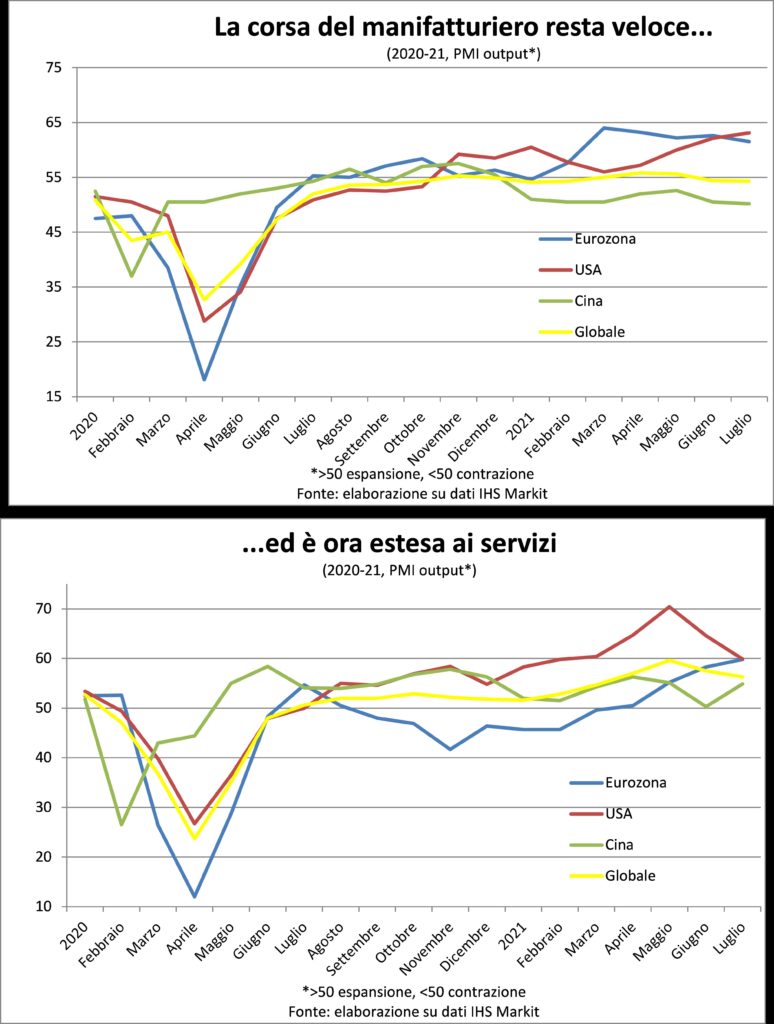
However, it is clear that in autumn, without a substantial increase in vaccinations, the return of low temperatures and the reopening of schools will catalyze a surge in infections that will force new lockdowns. Without which the health system will go into crisis. So, vaccinate, vaccinate, vaccinate.
INFLATION – Inflation is a constraint. Not only in the sense that excessive price growth should be avoided because it destabilizes the economic and social fabric, as well as being the expression of a destabilized and conflicted society (and the same is true, in different ways and forms, for deflation). But also in the sense of chain (from Latin vinculum).
Because it must be seen as a chain of behaviors in the formation of prices, of ALL prices, including the crucial one of work. If only one link in this chain is missing, then there will be no inflation, but relative price movements. Which is what we are seeing today: i commodity prices (or rather they have increased), i go up costs for businesses (also due to the lack of inputs, such as the crucial one of chips), costs that are passed downstream to the buyers (thanks to the draft of the question), but wages increase little.
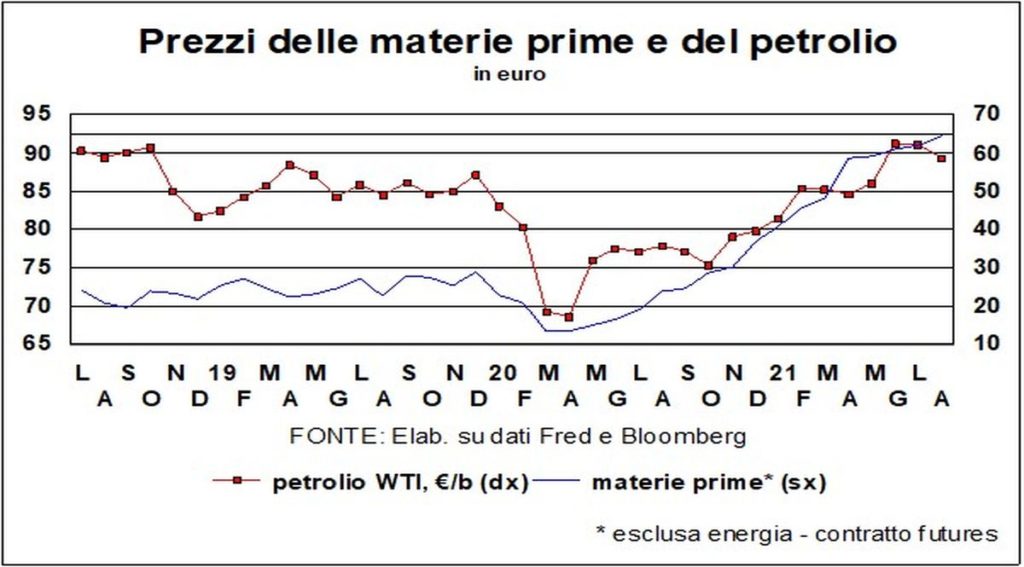
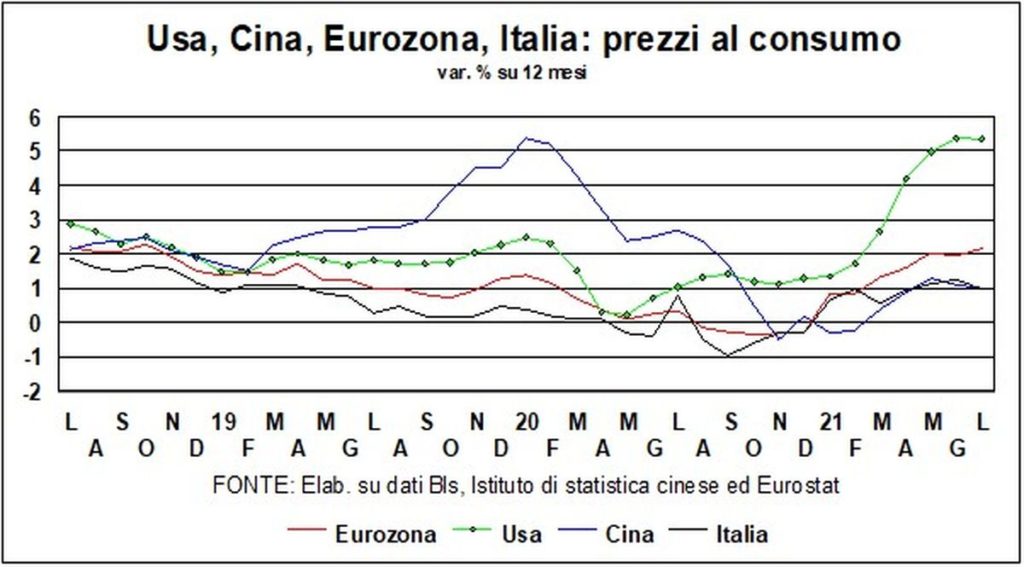
Because people are more concerned about the job than the cost of the job. And it will continue to be so for a long time, even after employment and unemployment have returned to pre-pandemic levels, because it will continue to operate 'level of the competition, driven by globalization and innovation.
RATES, CURRENCIES, EXCHANGES – Question: why rates, despite the smell of inflation, continue so low? Let's look at this graph for the US:
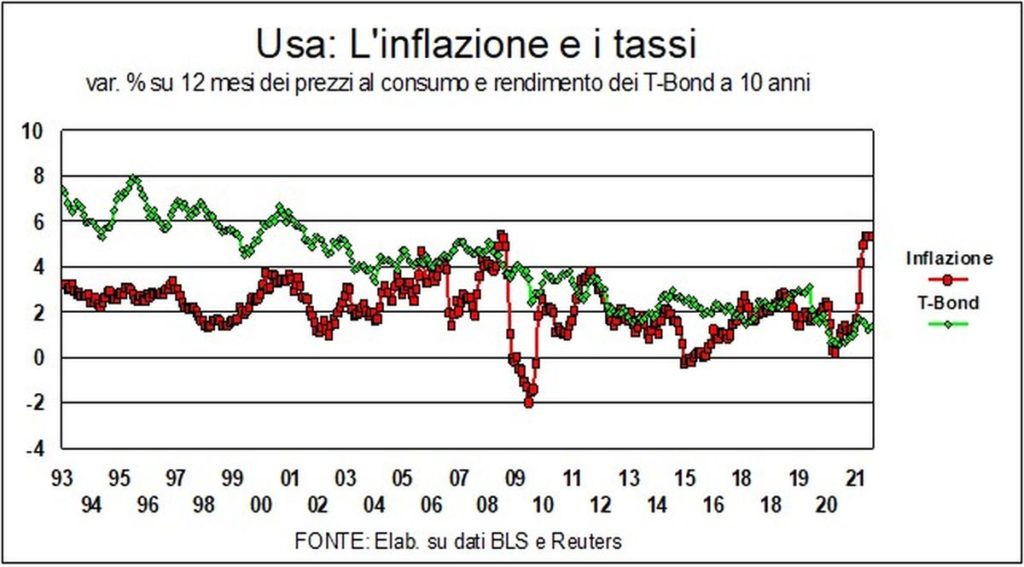
Even going back decades, there never was one conjunction of such low nominal rates with such high inflation. The same is true for Germany: despite the German ancestral fears of inflation, we have negative nominal rates with consumer prices close to 4%.
The technical explanations – comparison with the cold prices of the previous year, VAT factor in Germany… – are only partial. A more convincing explanation looks at only temporary flare-ups. Paul Krugman used an effective metaphor: just as, when you start off again quickly from a traffic light, it can happen that the wheels spin idly sizzling on the asphalt, so, in an economy that restarts, the demand for raw materials shoots up pressing on prices.
Another explanation, more macroeconomic, is in excess savings in the world. An excess of savings which, even before the virus, had given rise to the thesis of a 'secular stagnation', and which has certainly been exacerbated by the crisis. If the interest rate is the price that aims to balance savings and investment, an (ex-ante) saving glut tends to drive rates down. Be that as it may, it seems that we will have to live with more than modest rates for a long time: perhaps not as low as now, but certainly below historical averages.
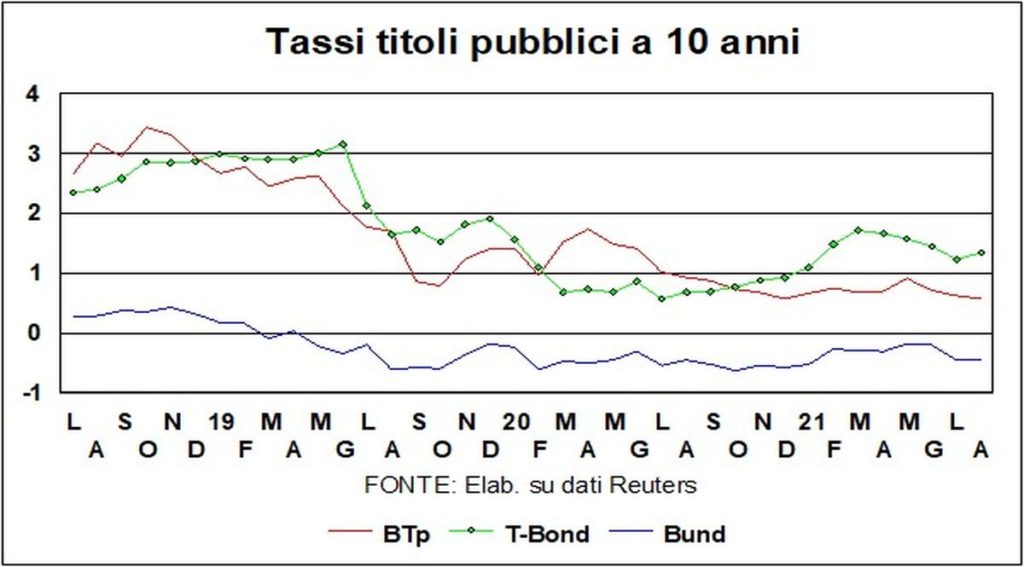
The dollar confirms the strengthening. In the last year it has remained in the range (against the euro) of 1,17-1,22, and today it is located in the lower part of that range. The growth differential with the eurozone and beyond plays to its advantage: a increase in guide rates it will happen sooner in the USA than in Europe. Even the long-term real interest rate differential, which until recently was zeroed, has now started to rise again in favor of T-bonds.
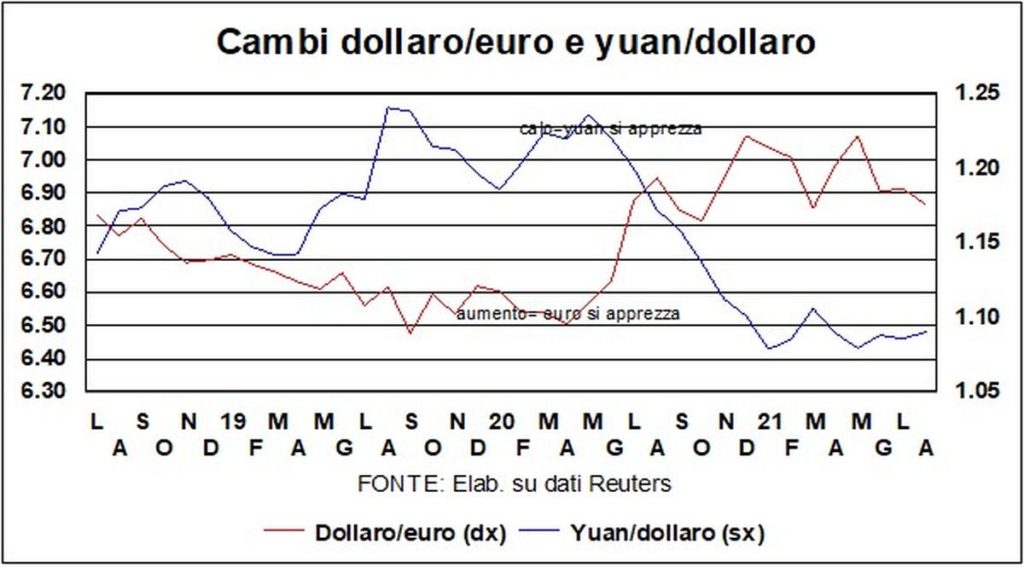
The Stock Exchanges continue to break records (apart from China, where an all-political game is underway between the government and the government of the economy). Even the Delta doesn't seem to upset the courses that much. It matters more, as we said at the beginning, the inexorable progress of vaccines: 36 million vaccinations are done every day in the world…

